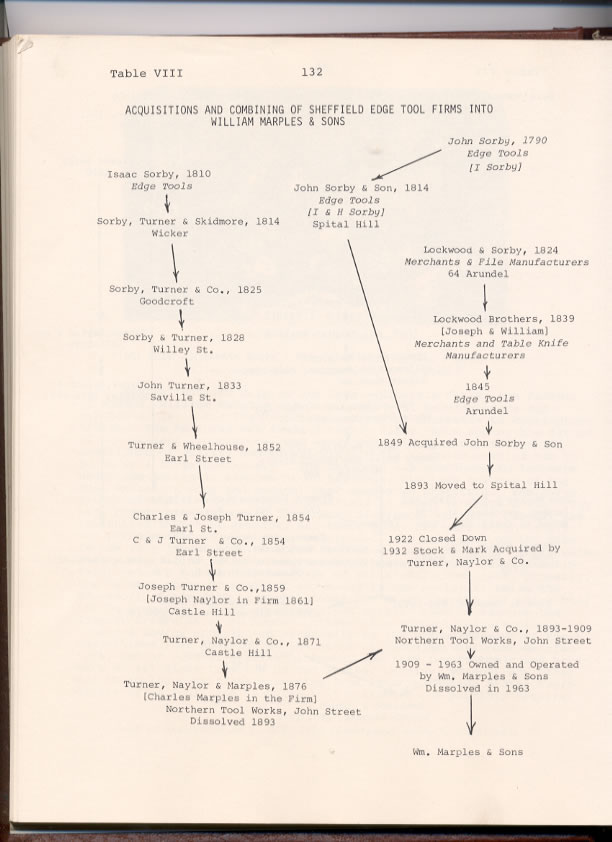richarnold
Established Member
I spotted this chisel on ebay a few days ago, and something about it spoke to me, possibly because it was by Ward who happens to be my favorite edge tool maker.
http://www.ebay.co.uk/itm/An-Old-Used-1 ... true&rt=nc
I was lucky enough to win the chisel, and it arrived in the post today. It was love at first sight, and I couldn't resist going out to the workshop and putting her back into working condition.


The seller described it as being lightly pitted which was a bit of an understatement, but it was a long way from being behind hope.

The chisel itself was a good deal bigger than I had imagined it to be. It's about 13 1/2" long and quite thin so I suppose you would call it a paring chisel. First job was to flatten the back and see how hard it was going to be to get those pits out. I hadn't got my coarse diamond stone at home, but I had got a double sided one from axminster. It's a combination of 400/1000 grit. surprisingly it didn't take as long as I thought to get the worst of the pitting out

The back polished up nicely on a 8000 grit waterstone. I then free handed a new bevel on a 6" bench grinder. Don't ask me what angle it's ground at as I do it by instinct and I haven't got a protractor handy to measure it. I don't know a lot about what makes a good steel, but the old boys who taught me always said that when you grind an edge the colour of the sparks will tell you how good it is. They told me that the lighter the colour the better the quality, and let me tell you the sparks of this chisel were nearly white. I gave the chisel a final hone on the water stone, and tried it out by paring some end grain shavings. I decided to give it a really good test,and found a block of rock hard ebony. I may as well have been cutting butter.

Some of the tools I restore I will perhaps use for a while, and then maybe pass on to someone who will possibly appreciate it more than I would , but sometimes you just click with a tool and you instantly know it will be a friend for life. If thats the case it gets my stamp of approval.

http://www.ebay.co.uk/itm/An-Old-Used-1 ... true&rt=nc
I was lucky enough to win the chisel, and it arrived in the post today. It was love at first sight, and I couldn't resist going out to the workshop and putting her back into working condition.


The seller described it as being lightly pitted which was a bit of an understatement, but it was a long way from being behind hope.

The chisel itself was a good deal bigger than I had imagined it to be. It's about 13 1/2" long and quite thin so I suppose you would call it a paring chisel. First job was to flatten the back and see how hard it was going to be to get those pits out. I hadn't got my coarse diamond stone at home, but I had got a double sided one from axminster. It's a combination of 400/1000 grit. surprisingly it didn't take as long as I thought to get the worst of the pitting out

The back polished up nicely on a 8000 grit waterstone. I then free handed a new bevel on a 6" bench grinder. Don't ask me what angle it's ground at as I do it by instinct and I haven't got a protractor handy to measure it. I don't know a lot about what makes a good steel, but the old boys who taught me always said that when you grind an edge the colour of the sparks will tell you how good it is. They told me that the lighter the colour the better the quality, and let me tell you the sparks of this chisel were nearly white. I gave the chisel a final hone on the water stone, and tried it out by paring some end grain shavings. I decided to give it a really good test,and found a block of rock hard ebony. I may as well have been cutting butter.

Some of the tools I restore I will perhaps use for a while, and then maybe pass on to someone who will possibly appreciate it more than I would , but sometimes you just click with a tool and you instantly know it will be a friend for life. If thats the case it gets my stamp of approval.






































